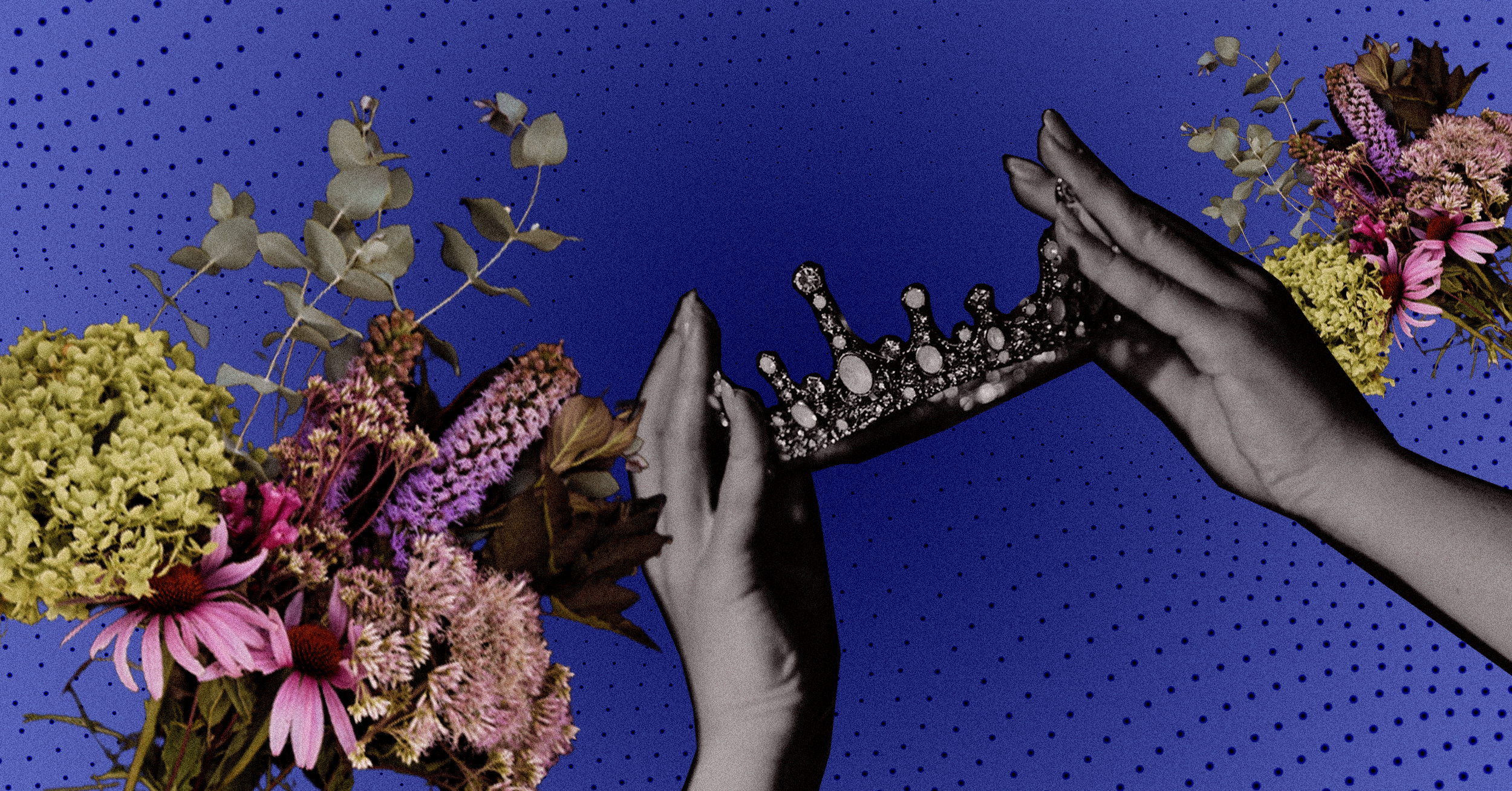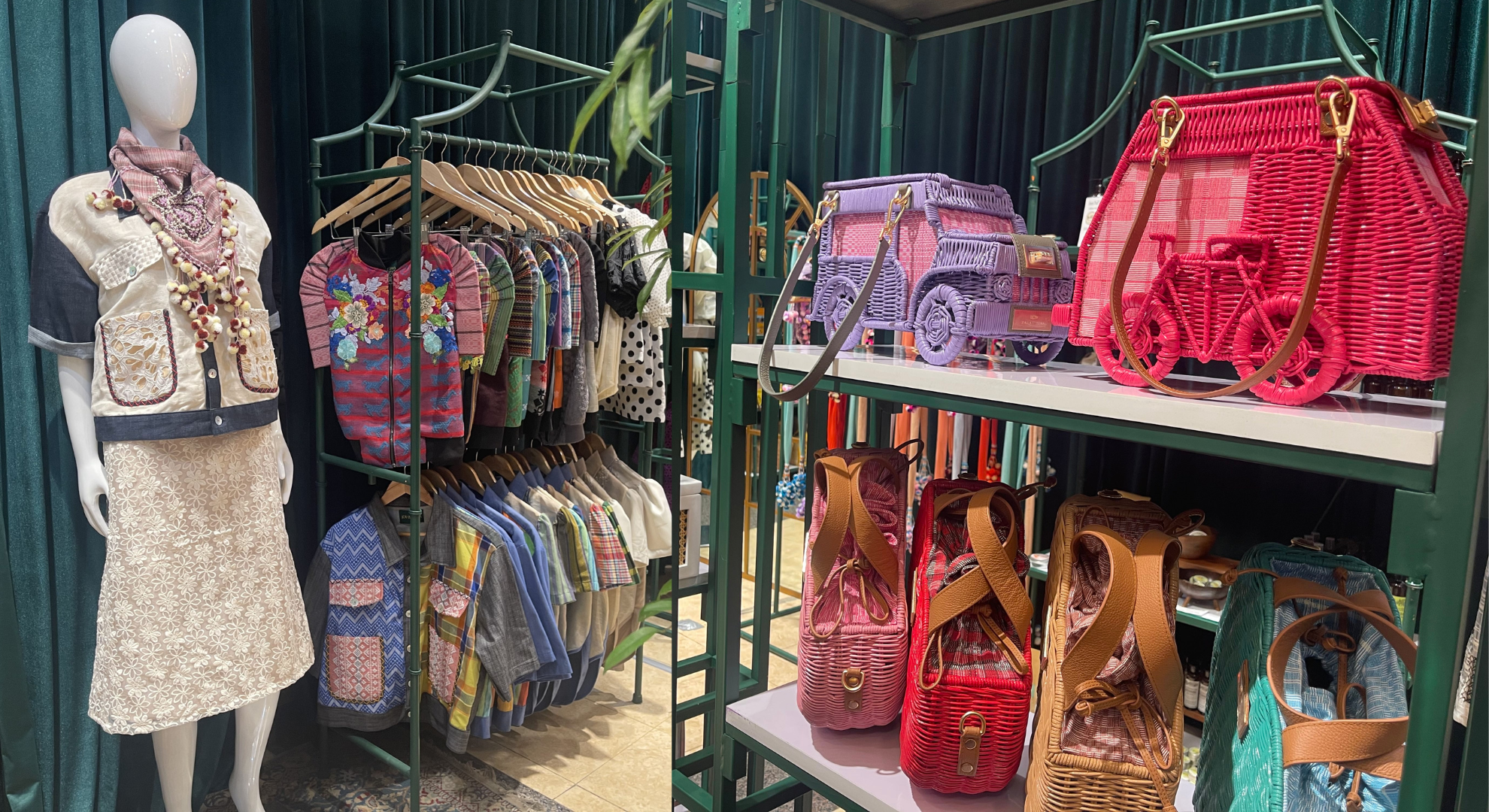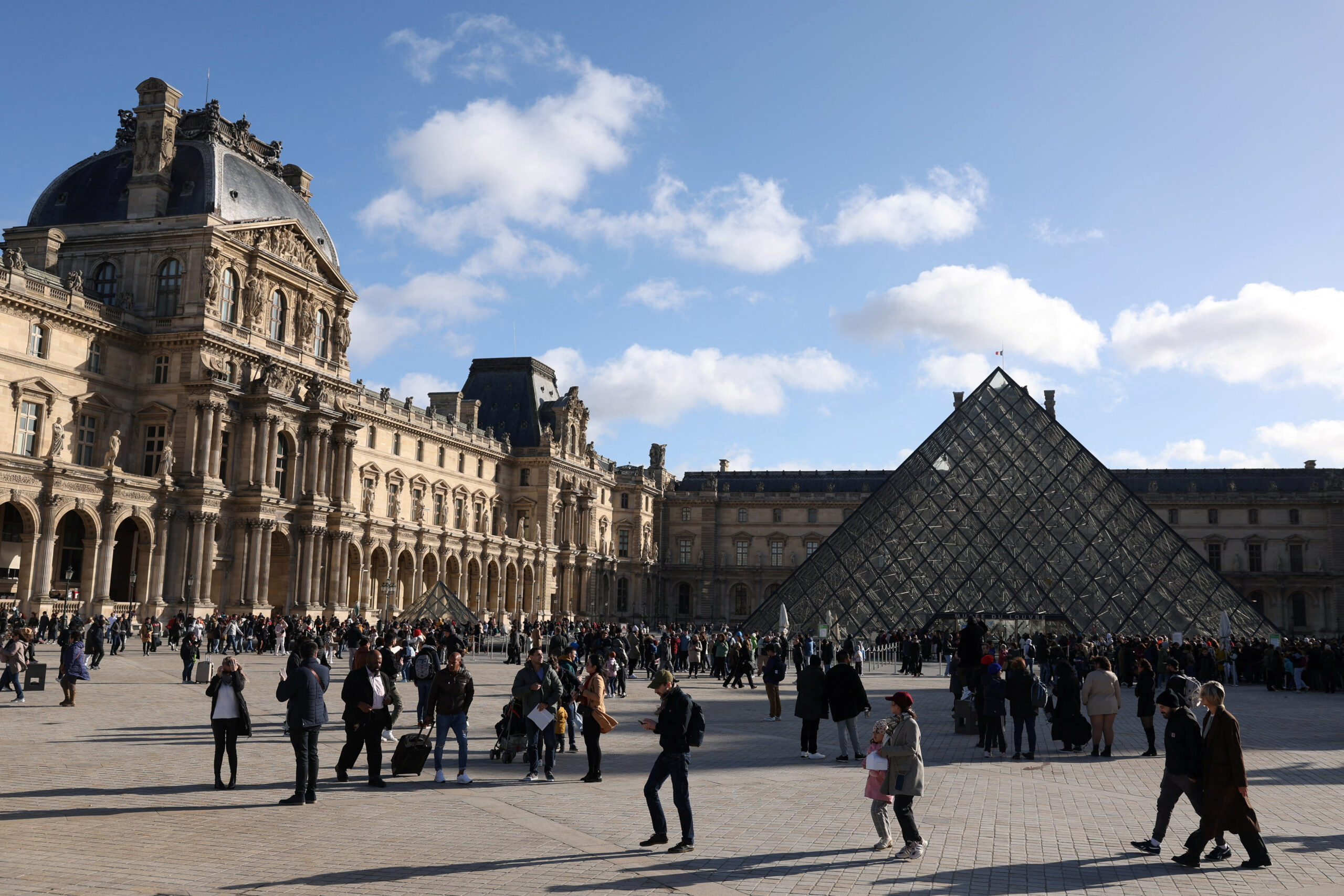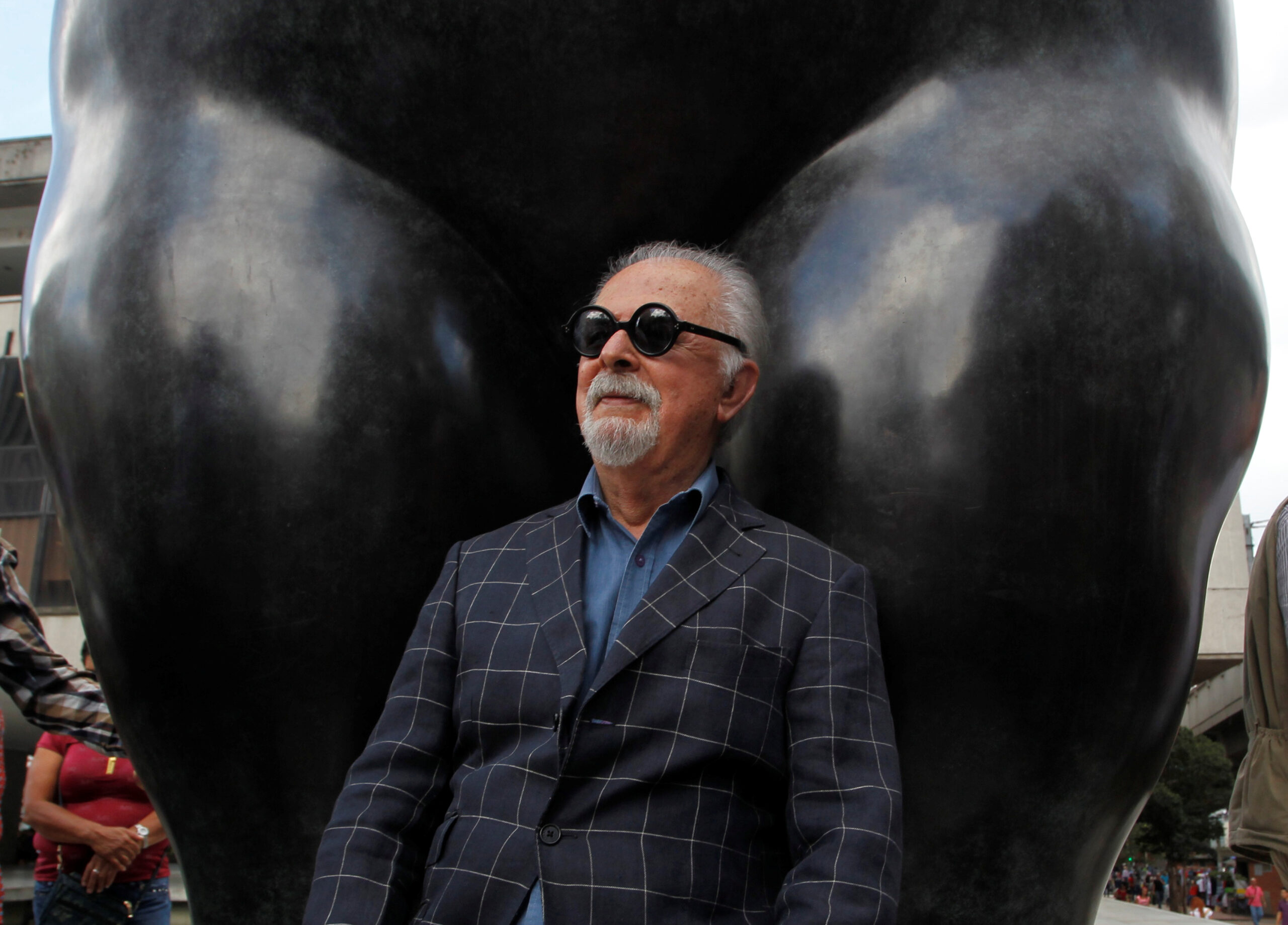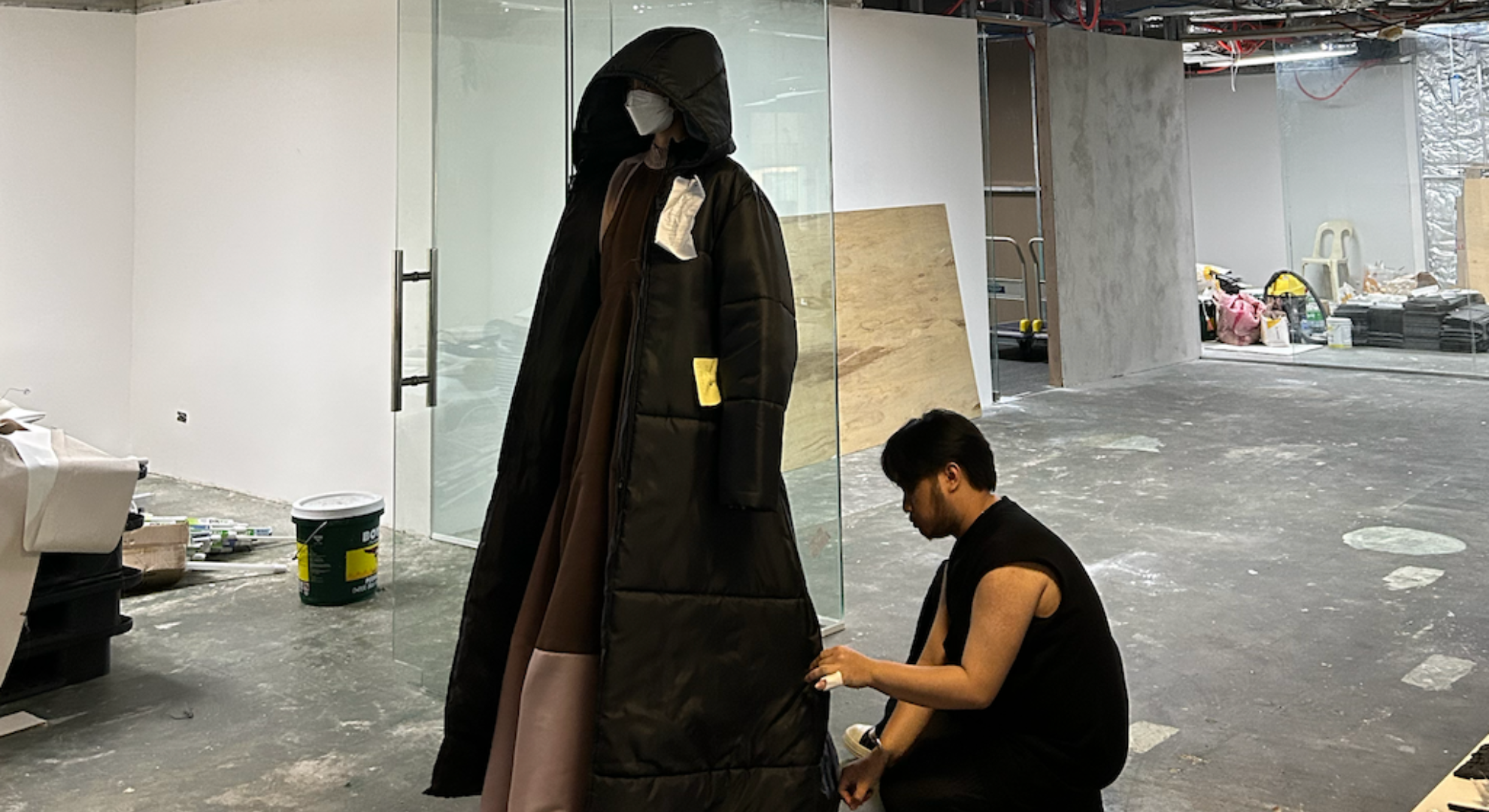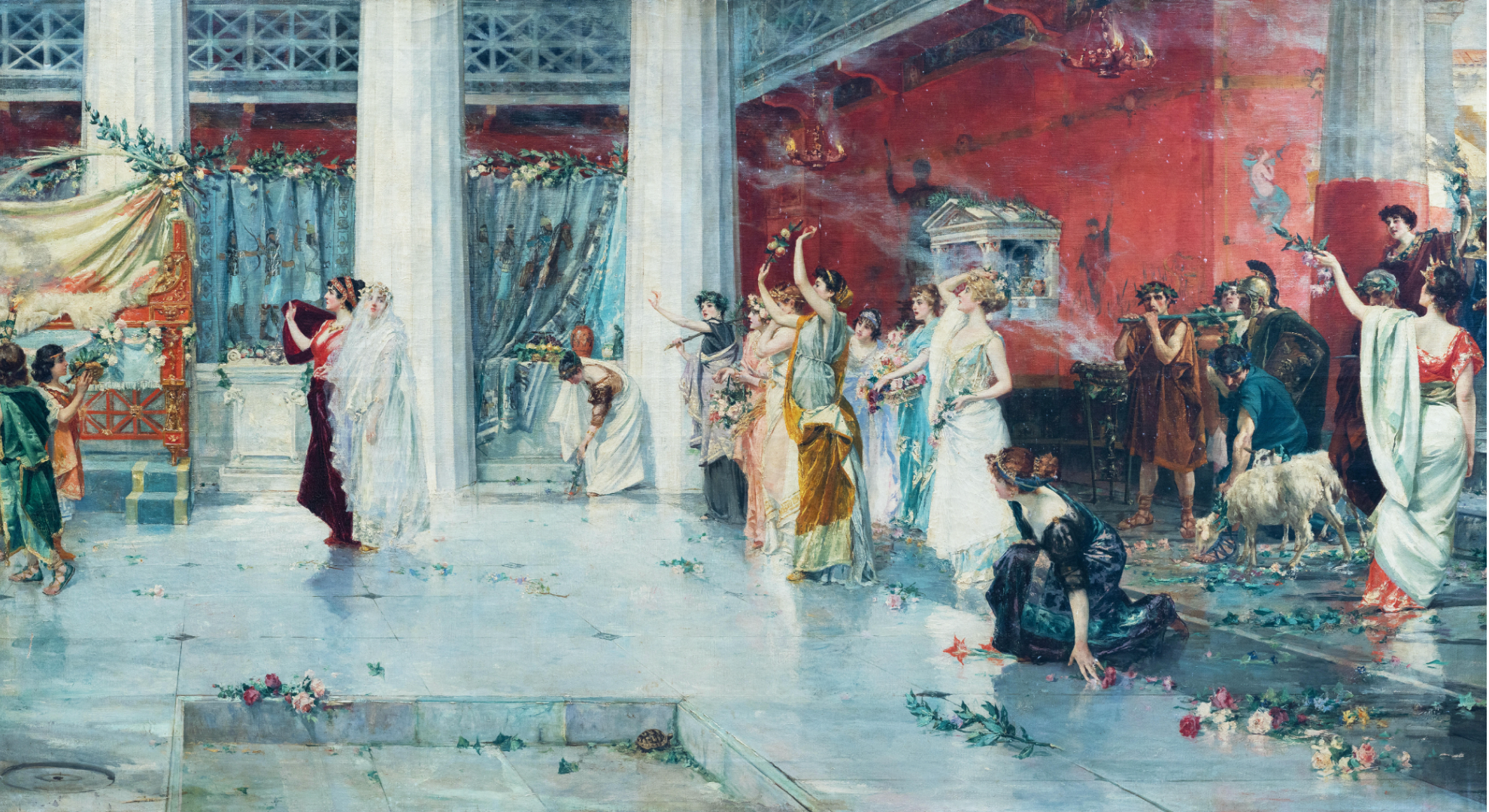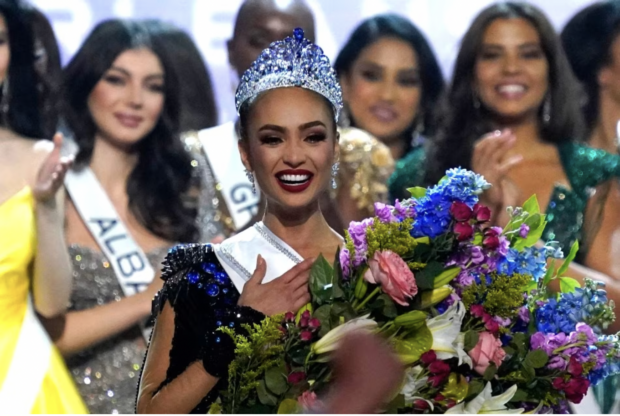
Miss Universe 2023 was recently awarded to Half-Filipino, Half-American R’Bonney Gabriel who represented her home country of the United States. A highly-celebrated triumph, many individuals rejoiced in Gabriel’s win, whether Filipino or American.
However, this victory also came with its fair share of criticism. Various critics on Twitter have alleged that due to the ownership of Miss Universe and Miss USA by JKN Global Group, the results have been rigged in her favor. The organization stated with Fox News Digital, “It was also the first time a Filipina American took the crown…The false rigging allegations are absurd and distract from the incredible milestones our organization and the delegates experienced this weekend.”
One of the other comments made regarding Gabriel’s win highlighted her Filipino heritage, and how she is the first Filipina-American to hold the Miss Universe title in the pageant’s history. Still, Half-Filipinas have been winning the title while representing the Philippines. With our extensive history of colonized rule under Western powers, many individuals of former colonies have been conditioned to think that having Western features is “better”.
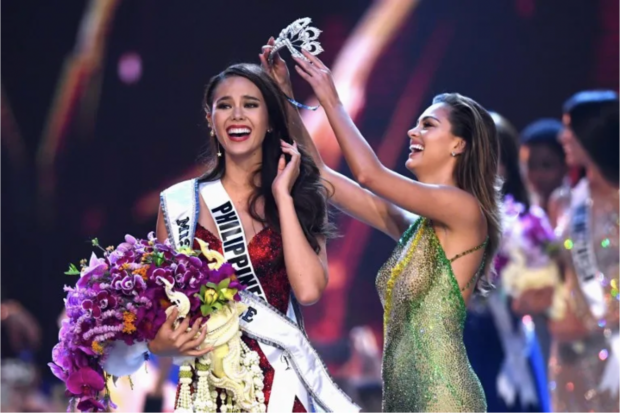
The Philippines, dubbed as “pageant-mad” by The BBC, has always been “obsessed with the spectacle since the Pre-World War II era”, stated Professor Capili from the University of the Philippines-Diliman Arts and Letters. In an interview with Mornings@ANC, Capili said, “It really began during the time before World War II. We had carnival queens to help promote Philippine products all over the regions and the carnival queen was supposed to be a side event but eventually, it became bigger than the carnival itself.” Then the institutionalization of beauty pageants came when the Philippines started to win international pageants like Miss Universe and Miss International. With Gemma Cruz winning Miss International in 1964 and Aurora Pijuan winning in 1970, and in the Miss Universe category Gloria Diaz in 1969, and Margie Moran in 1973. These victories came with celebratory parades and everyone came to showcase Filipino pride.

As obvious to the eye, all four Miss Universe winners have Eurocentric features, like a smaller nose or fairer skin, and have western ancestry. Although there are candidates for Miss Universe Philippines who have represented the ‘morena’ skin type, or more indigenous features to the natives of the Philippines, they have never won the title of “Miss Universe”. There have been exceptions such as Venus Raj, who is of Indian and Filipino heritage, all our Miss Universe title winners have eurocentric looks.
Have our beauty standards simply been poisoned by societal influences? Standards of beauty in the Philippines have always been influenced by our colonial history. When compared to other countries under Spanish colonial rule, “Philippine demography appears to have remained largely unaffected by admixture with Europeans”, as stated in a research study. Pageantry displays certain beauties of each country, but as diverse as a country like the Philippines and genetics almost unaffected by European rule, sometimes there can be a failure to recognize the beauty outside western influences.

